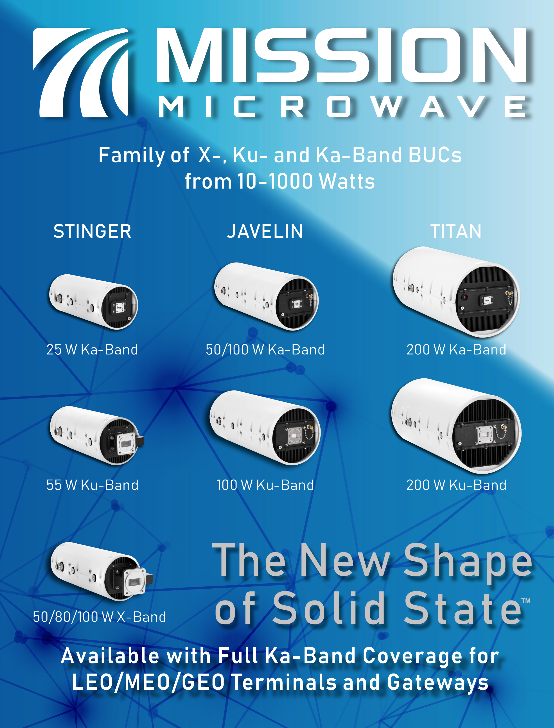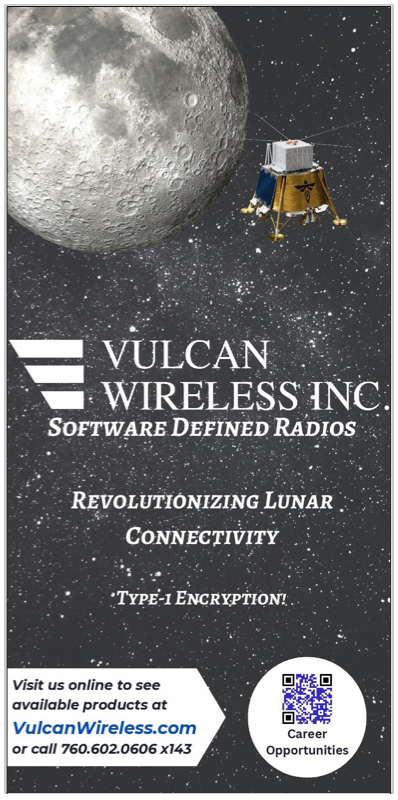Space situational awareness + space traffic management markets
Space systems have become crucial for economic growth, national security and scientific research and are nothing less than critical infrastructure. They offer a broad range of communication, reconnaissance, and surveillance capabilities.
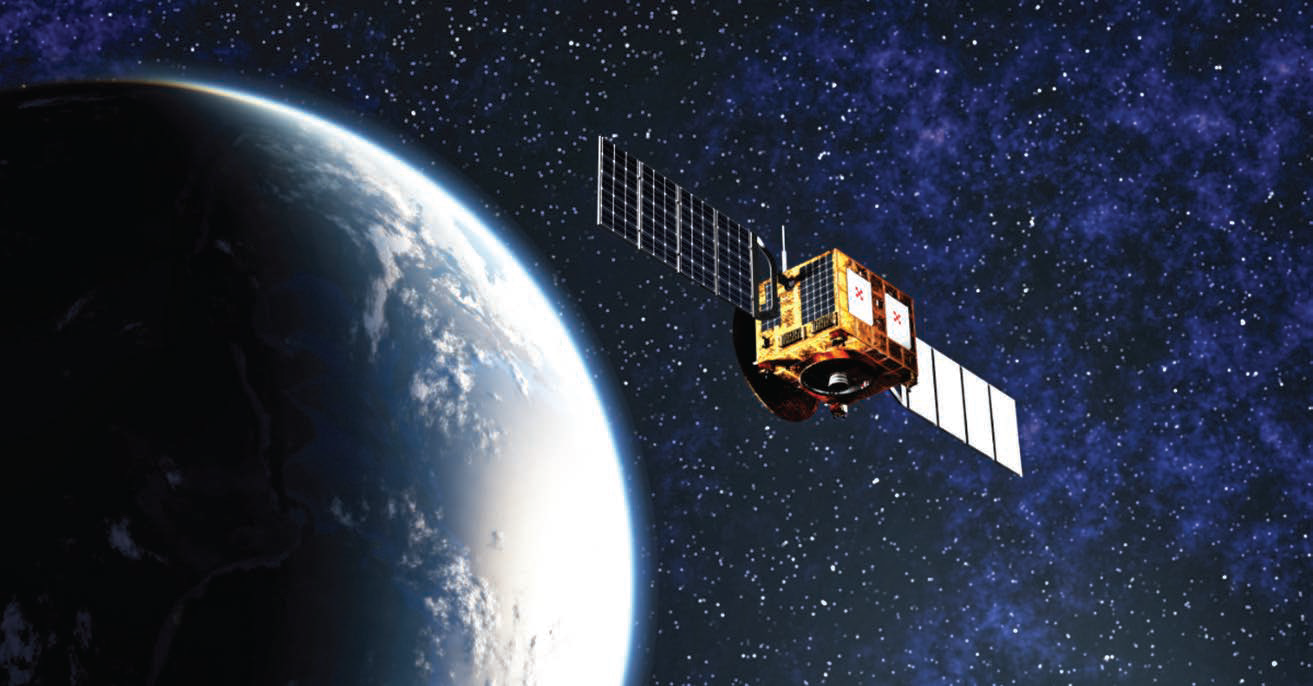
Satellites make it possible to observe Earth and keep an eye on climate, weather and natural calamities. They serve as the foundation for telecommunications and GNSS (Global Navigation Systems). Keeping space safe, secure as well as sustainable, therefore, is of paramount importance. The increase in the number of satellites — which confirms the economic, social and political importance of space — and the issue of space debris are tangible challenges and, if not addressed, they are a real risk to the space industry and human life.
According to a report filed by SpaceX with the U.S. Federal Communications Commission (FCC), the company’s Starlink satellites moved more than 25,000 times between December 1st in 2022 and May 31st in 2023 to prevent collisions and that’s twice as many times that were necessary as during the previous six-month period. As pointed out by analysts at COMSPOC (Commercial Space Operations Center), in the aftermath of a satellite collision avoidance maneuver, most operators and space traffic observers only have a rough idea of where their objects are truly located.
Therefore, it is not surprising that better data for monitoring, mapping, cataloging, and analyzing space objects play a fundamental role in the global effort to keep space sustainable. Unfortunately, current solutions for conjunction processing, analysis and screening, maneuver computation and selection rely heavily on manual processes. Traditional solutions and technologies cannot cater for the 15x increase in space assets.
Similar to the aeronautical industry, the space industry needs the correct tools to coordinate maneuvers in space to avoid collisions. However, much unlike in aeronautics, an overarching entity managing space traffic is definitely not what the space industry needs. The word “management” is perhaps misleading, and a better terminology is space traffic coordination. Air traffic management, too, will need to undergo radical changes and the innovations being introduced today in space may well be a catalyst for these absolutely necessary changes.
Trends + Efforts
The first and foremost aspect of keeping space safe is knowing where objects are located, how large those objects are and their movements, also known as Space Situational Awareness (SSA). This is certainly the case in Low Earth Orbit (LEO) slots, where most satellites are present today and numerous have been announced for various launches.
We already know that other regions of space, not formally designated as “protected regions” today, will require equal attention and protection. Medium Earth Orbit (MEO) is one of these regions which is becoming increasingly attractive to satellite operators. In the past, the existing sources for SSA data were dominated by government and military entities, which created a dependency on publicly provided data. The recent increase in space traffic amplified the existing gaps — commercial enterprises have made great progress in giving satellite operators additional and independent SSA data.
The emergence of these commercial entities is indicative of a transition towards a space ecosystem and market that is diverse, cooperative and, more importantly, viable. Morgan Stanley estimates that the revenue generated by the SSA market alone could reach $1.5 billion by 2040. Several firms have started to develop as well as privately own and control sensor networks on Earth or in space to gather their data. Deimos is extending their network of optical telescopes, as is Aldoria. NorthStar Earth & Space just launched their first SSA constellation satellites. Digos, a German company that specializes in laser sensors, is invested in the use of laser tracking of active objects as well as debris.
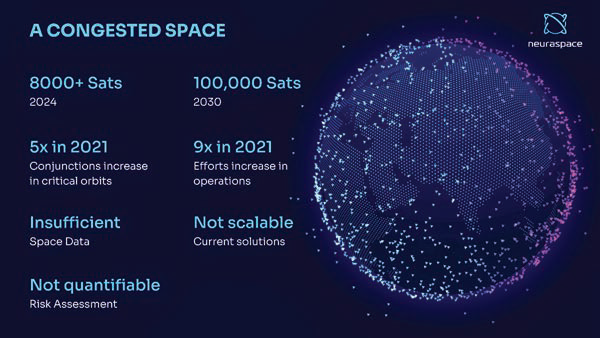
Other companies, such as COMSPOC, use data that has been acquired by third parties to offer SSA analytics services. While some businesses such as Neuraspace or Aalyria, in partnership with LeoLabs, operate a network of radars, they have also started to offer a completely integrated capacity that includes data collecting, analysis, and mission planning.
Not only private companies are increasing their efforts — Intelligence Advanced Research Projects Activity (IARPA) created the SINTRA program that aims to enhance the tracking of debris as small as 1 mm in size by using existing sensors along with emerging research involving measuring plasma waves created by debris. However, the impact does not come from data collection alone. New technologies and methods are already, and will continue to play, a significant role and contribute to a safer space.
Three technologies/methods are poised to be game changers
1 — Artificial Intelligence and Machine Learning
Cognitive technologies such as Artificial Intelligence (AI) and Machine Learning (ML) will likely have one of the most profound impacts on the SSA and operations market by paving the way for more automated and autonomous operations with built-in safety and security features.
Their benefits apply to the space business and more so as it expands and becomes a more recognized economy, with expanding Business-to- Consumer (B2C) and Business-to-Business (B2B) dimensions.
Process automation is perhaps the most common type of cognitive technology. Cognitive insight, the second most common, uses algorithms to detect patterns in vast volumes of data and to interpret their meaning. ML insights differ from those available in traditional analytics in several ways, such as being more data-intensive with the possibility of improving their processes over time. A fourth, cognitive engagement uses natural language processing chatbots, intelligent agents and ML to engage customers and employees.
An example is the extensive analysis of different data sets from various data sources fused together to better assess the risk exposure, leading to lower rates of false positives and false negatives to ensure that action is only taken in cases wherein the risk exposure is significant. Another example is the development of a taxonomy of Resident Space Objects (RSOs) on-orbit and their behaviour as the basis for regulatory elements.
Using improved AI and ML algorithms, the latest space traffic management systems offer significant benefits for businesses. These include an up to 100x increase in decision-making efficiency, an up to 80% reduction in staff time for safety-critical operations through automation, and at least 20% more planning time. They also offer optimized spacecraft/constellation management for extended lifespans and increased commercial revenue.
2 —Networked In-Space Sensors
One example of networked in-space sensors are star trackers. They could become a highly effective system for debris detection and collision avoidance. Acting as on-orbit sensors on-board all satellites, they can help detect fragments that are too small to track by ground sensors and they could improve orbit calculations.
Various other tasks, such as satellite formation, on-orbit servicing, and active debris removal, also require object recognition to be perfectly executed. These sensors have the potential to enable a federated system of multi-orbit sensors and spacecraft, which can benefit commercial and defence users alike. Two companies that have announced partnerships to use star trackers are True Anomaly, partnering with Redwire, and Neuraspace, partnering with Arsec who is working on a space demo by 2025 and True Anomaly is scheduled to launch two satellites this year.
3 – Automation and Autonomy
Ultimately, automation and fully autonomous systems will be the only viable way to further enable the growth of space activities and to increase profitability. Automation and autonomy will help counteract the growing number of collision avoidance maneuvers and enable more complex space activities.
The dangers and threats in space require constant monitoring and risk assessment as well as mitigation actions. This is a 24/7 task and human intervention, in terms of analysis and decision making, is not always possible in real-time. The only option is more autonomy in space. Both automation and autonomy also have much broader implications, including the optimization of what can be performed in orbit and what can be handled on the ground.
Until we reach full autonomy visualization technologies, including virtual reality, automation can improve access to timely and accurate data on space objects and can also ease decision-making when it comes to operations and maneuver planning, thereby saving huge amounts of time and personnel costs. Visualization technologies, including web and mobile applications, give users improved insights and will help operators decide whether the satellite should remain where it is located, or whether it should be moved to avoid debris.
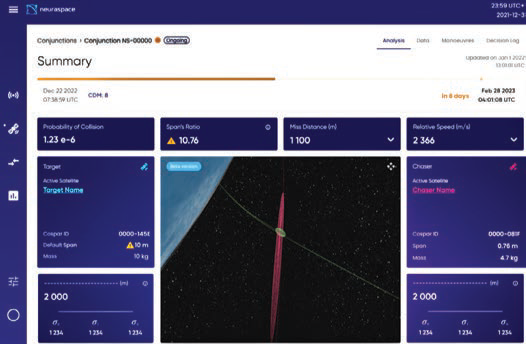
Regulation
There is an urgent need for ambitious actions on space sustainability from all space stakeholders. Introducing new building regulations at an international level is incredibly difficult and may take considerable time.
National regulations may be an easier short-term goal which can then flow into international regulations. The development of shared guidelines is an important first step. Among those taking actions is the European Space Agency(ESA) which, last year, introduced its ZeroDebrisCharter,a non-legal, binding agreement that aims to foster a community of actors working collectively towards jointly defined targets by 2030. Another is the SpaceSustainabilityRating, led by EPFL(École PolytechniqueFédérale deLausanne) and designed as a composite indicator, aggregating and weighing six modules that encompass the various aspects of mission design and operation.
In the U.S., the FCC approved a new regulation in September of last year, requiring all non-functional LEO satellites to be deorbited within five years after being decommissioned. Within a few months of the regulation’s activation, the FCC issued a penalty of $150,000 to DISH for failure to comply and that marked a first in space debris enforcement by the FCC and delivered a strong message to the industry. Undoubtedly, we will see more actors proactively addressing safety and sustainability.
Outlook

The evolution from an ecological view only to an economic-also approach, and the growing number of commercial players, will have profound implications for the SSA market and the wider space industry. As space sustainability is a social, economic and political issue, further international agreements and regulation are needed to provide clarity on how to approach maneuverability and who obtains the ‘right of way’. To accomplish space sensemaking at scale and speed will require the coordination and effective processing of data from equally large-scale networks of observation systems on the ground and in space. Failing to develop and implement more and better solutions to keep space safe soon, will see regulations enforced after an inevitable and potentially catastrophic accident in space.
On the plus side, companies across the globe have demonstrated their ability and willingness to innovate in favor of space safety and sustainability. While some public sector actors still see space safety as a burden, they must carry by themselves and provide their own services. Others have realized that only by supporting the development of a commercial space safety ecosystem and market can the full innovation potential be unleashed.
One element is quite clear — the commercial market of space safety and sustainability is definitely open for business.
www.neuraspace.com

Chiara Manfletti
Author Chiara Manfletti is the Chief Executive Officer of Neuraspace and the Professor of Space Mobility and Propulsion at the Technical University of Munich. Prior to joining Neuraspace, Chiara headed the Policy and Programmes Coordination Department at the ESA. At the early stage of her career, she worked for the German Aerospace Centre, DLR, as a research engineer and later joined the European Space Agency (ESA) where she was the Programme Advisor to the Director General at the agency’s headquarters in Paris. She was the first President of the then just founded Portuguese National Space Agency.


